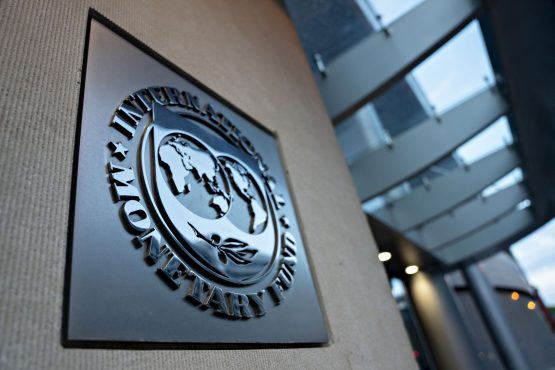Fragile nations burn through their IMF lifelines to plug gaps

The world’s most financially fragile countries have burned through the extra International Monetary Fund reserves they got last year, raising calls for a fresh injection to help them weather higher interest rates, food and fuel costs.
The IMF’s record $650 billion issuance of reserve assets known as special drawing rights, or SDRs, last August “was badly needed,” and has been almost exclusively used by low- and middle-income countries, the Washington-based Center for Economic and Policy Research, a progressive think tank, said in a report Wednesday.
The allocation has been “a considerable success,” with 105 out of 190 member countries using the reserves — distributed in proportion to each country’s share in the fund — either for debt relief, hard currency, fiscal help or some combination of the three, said Andres Arauz and Kevin Cashman, the authors of the report. Of those nations, more than 30 used as least 90% of their SDRs.
Because SDRs are distributed according to country shares at the IMF, a significant portion go to richer nations that have no need for them, the authors said. More than half of the new SDRs went to advanced economies, with 42% for emerging and developing economies and just 3.2% to the smaller subset of low-income nations.
The US — the fund’s biggest shareholder — has earned about $15.6 billion in interest on its unused SDRs, Arauz and Cashman found.
IMF Managing Director Kristalina Georgieva has urged wealthy nations to redirect some of their SDR allocation to more needy countries and has touted the idea of channeling their support through multilateral development banks, though that hasn’t been done so far. South African President Cyril Ramaphosa has called on rich nations to donate — and not just on-lend — their allotments.
The CEPR research shows just 11 nations have committed to redirect their resources to poorer countries, and no funds have been received.
“Due to the fact rechanneling has not yet delivered on its promises, there is a growing effort to help low- and middle-income countries with an additional issuance of SDRs,” the researchers said. “In the context of additional global crises, such as rising interest rates, the high costs of food and energy, and spillover effects from the war in Ukraine, a similarly sized allocation as last year’s would provide $209 billion for these countries.”
In July, key Democratic congressional allies urged President Joe Biden’s administration to support a new injection of resources for countries at the IMF to help them deal with the fallout from Russia’s invasion of Ukraine. Back in 2020, just before Biden’s election, former Treasury Secretary Larry Summers, who advised the campaign on economic policy, and former UK Prime Minister Gordon Brown called for an issuance of “well over $1 trillion.”
Such a move would require support from 85% of the voting share among the institution’s 190 member economies and a determination that there’s a long-term need for more global liquidity even after the biggest reserves creation in history.

